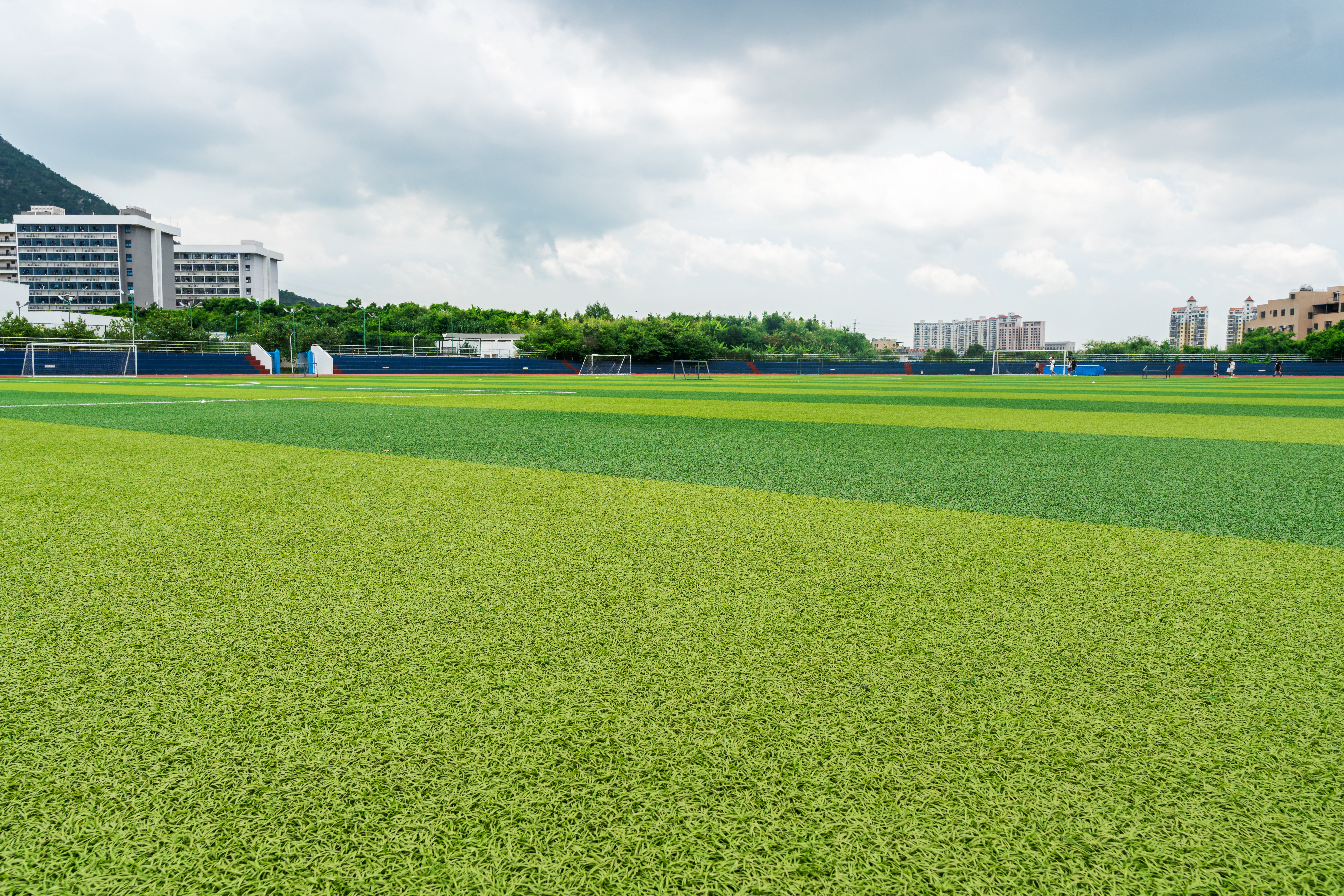In fact, lawn grass has a useful life, and everyone should know this. However, it is generally known that the cause of turfgrass degradation in football fields undergoing reconstruction is rarely due to other reasons, such as drainage problems (the most common), bed problems, grass species selection problems, venue expansion or reconstruction, etc. . No matter what the reason is for remodeling, you should do the following things:
1) Clarify the positioning of the venue and leave room for improvement.
If the venue is renovated to be used by a Chinese Super League club, then the venue must be designed in accordance with the habits of the Chinese Super League and combined with other free time applications (such as concerts, other cultural and sports activities, etc.), and at the same time, leave room for improvement Space, for example, if the club enters the AFC Champions League, or the venue is used for the national team or international A-level events, etc., the use of the venue will become more abundant, and the requirements for the venue will become more stringent. But no matter what, as a football field venue, the most clear positioning is that the venue provides a safe, stable and reliable sports venue for football players, and provides a pleasing visual experience for football fans. This positioning is difficult to fully achieve in many venues in our country. This is mostly due to lack of attention, insufficient attention, or bias. Therefore it is highlighted here.
2) It is necessary to fully obtain the meteorological data of the area where the venue is located, and pay attention to the microclimate conditions in the venue.
Whether you are renovating a golf course or building a new one, it is most important to obtain local meteorological data. This is very valuable for the design of the ground bed Q structure of the venue, the design of drainage, the selection of grass species and the formulation of maintenance plans. . However, in the process of venue renovation, the microclimate of the venue is often the most overlooked. After the renovation of some courses, everything is fine but the grass does not grow well. This is most likely due to the lack of attention to the changes in the microclimate in the venue. Generally speaking, and especially in semi-enclosed venues, there are varying degrees of shading and changes in wind direction and air humidity due to the surrounding structure. This has a great impact on the growth of turf grass. Some impacts cannot be offset even by post-maintenance, but they are the most easily ignored.
3) Focus on the design of the platform bed and the design and construction of drainage.
The lawn bed directly affects various aspects such as the growth of turf grass, the progress of football and the safety of athletes. Therefore, after clarifying the positioning of the court, the first thing to do is to design the platform bed. Research has found that under optimal maintenance, the maximum frequency of use that natural football field turf can generally withstand is 8.5 hours/week. If site positioning is used frequently, some technologies and designs need to be used to improve the bed strength and trampling resistance of natural lawns, such as bed reinforcement technology 9, mixed lawn technology, etc. Drainage problems are also the most important factor affecting football. Therefore, when designing drainage, the pipe diameter and trend should be reasonably designed based on the local precipitation conditions in recent years. During construction, you must not cut corners or shoddy materials. For example, if gravel can be washed with water, there is no need to use mud, and if pebbles can be used, blasting stones should not be used. etc. And be sure to pay attention to the construction sequence. Don’t block the drainage pipes due to process problems, which will lead to problems such as water accumulation on the site. Some golf course problems may not appear immediately after construction, especially in areas with abundant precipitation in the south. When precipitation is concentrated, Problems will gradually appear.
4) Pay attention to the selection of grass species, and more attention should be paid to testing the quality of the lawn after it is established.
Grass seed selection is actually a commonplace issue, and I don’t want to focus on it here. Just one point to mention is that you must choose the right grass species. Especially in the “north-south transition zone” area, since both cold and warm season grasses are not suitable for growth, the cold-warm season lawn alternating technology can be used to solve the problem. After the lawn is established, we will generally get a lawn that looks good, but Testing of lawn quality is often ignored. Through research, more than 20 lawn quality evaluation indicators can be screened out. Important indicators include: grass height, coverage, flatness, infiltration rate, hardness, rotational friction coefficient 9, ball Rolling distance, etc. At the same time, quality control should be continuous, not once for life.
Post time: May-21-2024

